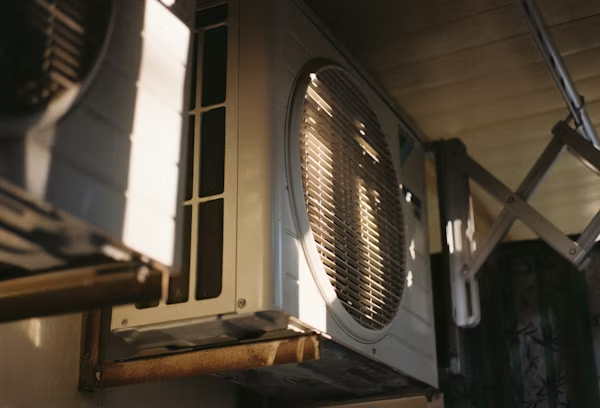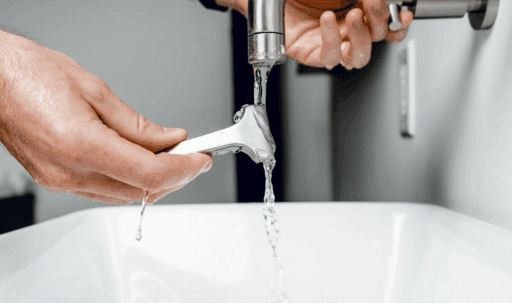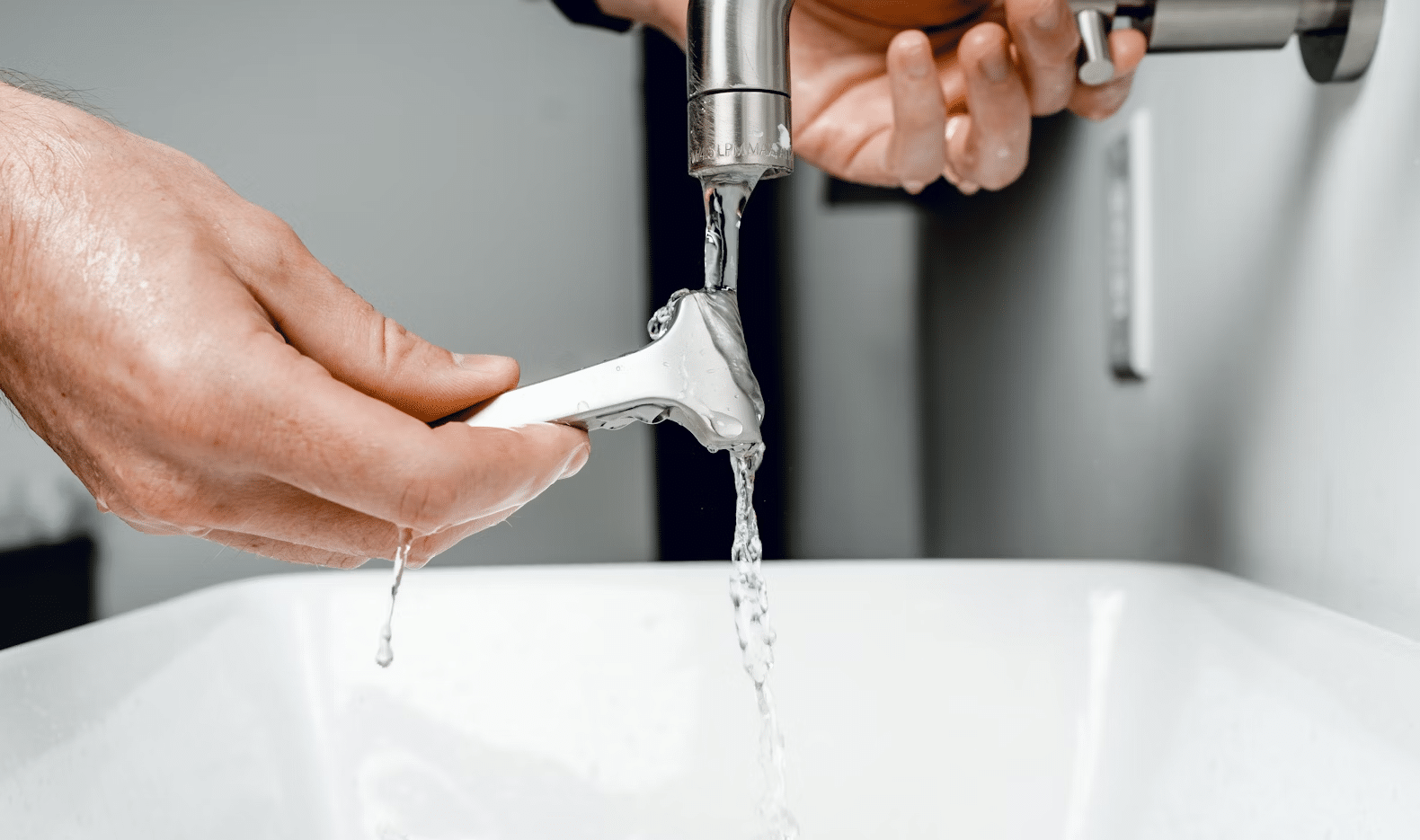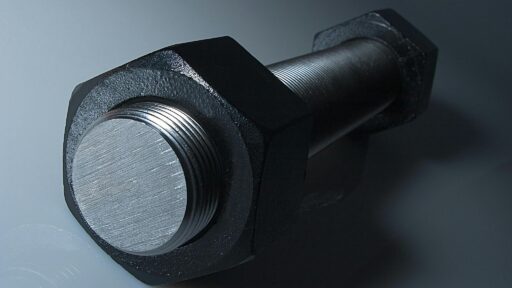Every homeowner faces unexpected problems that require immediate attention. From leaking pipes to electrical malfunctions, these situations can disrupt daily life and create costly damage if not managed swiftly. Preparing for potential emergencies ahead of time can reduce stress and financial burden. Understanding which areas of your home are most vulnerable allows you to act fast when something goes wrong.
Plumbing Breakdowns and Water Leaks
Few home issues cause as much frustration as sudden plumbing failures. A burst pipe, clogged drain, or leaking faucet can quickly lead to water damage, mold, and structural issues. It’s wise to know where the main water shut-off valve is located and to have a trusted professional ready to call. Many residents turn to Pittsburgh plumbers when facing sudden leaks or pipe bursts, since professional expertise often prevents further harm and expensive repairs. Keeping plumbing systems maintained through regular inspections can extend their lifespan and reduce the chances of emergencies.
Electrical Failures and Power Outages
Power interruptions can happen at any time, leaving lights, appliances, and heating or cooling systems unusable. These disruptions can stem from damaged wiring, overloaded circuits, or outdated electrical panels that can no longer handle modern power demands. In some cases, sudden outages may even point to a more serious problem hidden behind walls or ceilings. Homeowners should always keep flashlights, extra batteries, and backup chargers in an accessible location to maintain basic safety and communication.
Surge protectors play a crucial role in shielding electronics from voltage spikes when the power is restored. Regular electrical inspections are a smart precaution, especially in older homes where wiring may have deteriorated over the years. Having a licensed electrician review the system can help identify weak spots, faulty connections, or unsafe setups before they escalate into fires or complete system failures. Routine maintenance and a quick response during an outage can protect valuable equipment and keep your home running safely and efficiently.
Roof Leaks and Storm Damage
Heavy rain, snow, or high winds can expose weak points in any roof. Missing shingles, cracked tiles, clogged gutters, or damaged flashing often allow water to seep through, creating stains on ceilings and walls. Once moisture finds its way inside, it can lead to wood rot, mold growth, and insulation damage. These problems rarely stay contained and can spread quickly, turning a small leak into a serious repair job.
Regular inspections after major storms help identify early signs of trouble before they worsen. Clearing debris from gutters, trimming nearby branches, and checking for loose materials all help protect your roof from damage. If a leak occurs, placing a bucket or tarp beneath the affected area can reduce interior harm until professional repairs are completed. Keeping roof maintenance a regular habit, instead of a reaction to emergencies, extends the lifespan of the structure and safeguards the interior of your home from future weather-related damage.
Heating and Cooling System Breakdowns

Temperature control plays a major role in comfort and safety. A furnace that fails during freezing conditions or an air conditioner that quits in the heat can create serious discomfort and even health risks. Changing filters regularly, cleaning vents, and scheduling seasonal maintenance keep systems running efficiently. When something goes wrong, shutting off the system and contacting a qualified technician can prevent further mechanical strain or electrical issues. Preventive care can often save money and energy over time.
Broken Windows and Doors
A shattered window or damaged door can compromise both the security and comfort of a home. Accidents, severe weather, or attempted break-ins can leave openings that need immediate attention to prevent further damage or unauthorized entry. Even a small crack in a window can quickly grow larger if exposed to wind, rain, or fluctuating temperatures.
Temporary solutions, such as covering the area with plywood or heavy-duty plastic sheeting, can help protect the interior until permanent repairs are completed. Homeowners should keep a set of basic tools, spare locks, and sealants on hand to manage minor emergencies safely. Repairing or replacing damaged windows and doors promptly restores proper insulation, maintains energy efficiency, and reinforces the overall security of the home, reducing the risk of higher repair costs or increased utility bills over time.
Foundation Cracks and Structural Shifts
Small cracks in walls or foundations might seem harmless, but can indicate deeper structural movement. Water infiltration, soil pressure, or poor drainage can all contribute to foundation damage. Monitoring cracks and addressing drainage problems around the home can stop the situation from worsening. Professional assessment is often necessary when floors begin to slope or doors no longer close correctly. Reinforcing the foundation early can prevent costly and extensive rebuilding later.
Homeownership comes with unexpected challenges, and being ready for emergencies makes all the difference. Plumbing leaks, electrical issues, and structural damage can strike at any moment. Regular maintenance, basic knowledge of shut-off points, and a list of trusted professionals provide a strong defense against sudden problems. Preparation not only protects the home but also offers peace of mind when the unexpected occurs.








